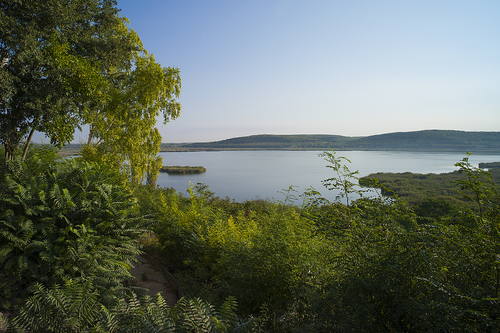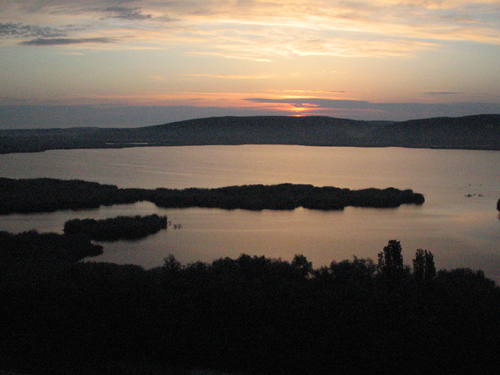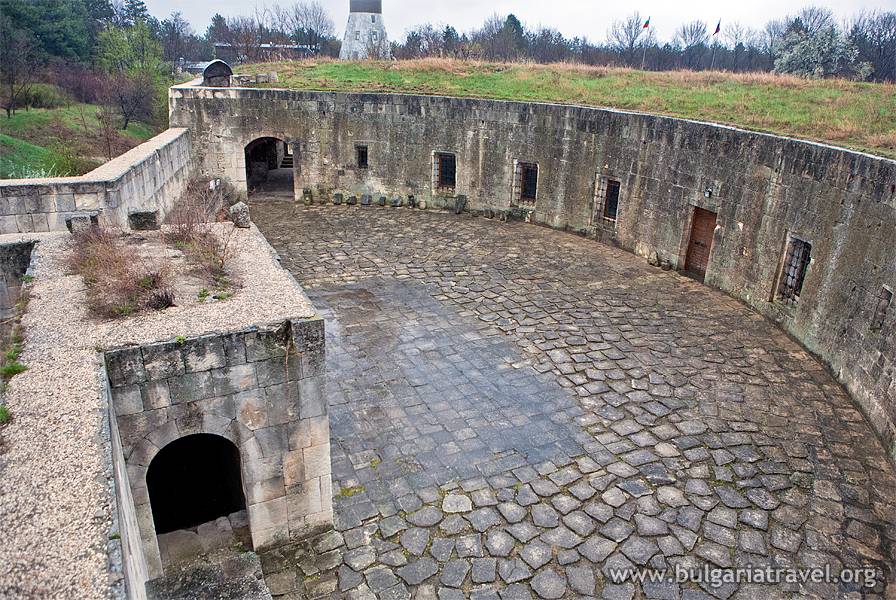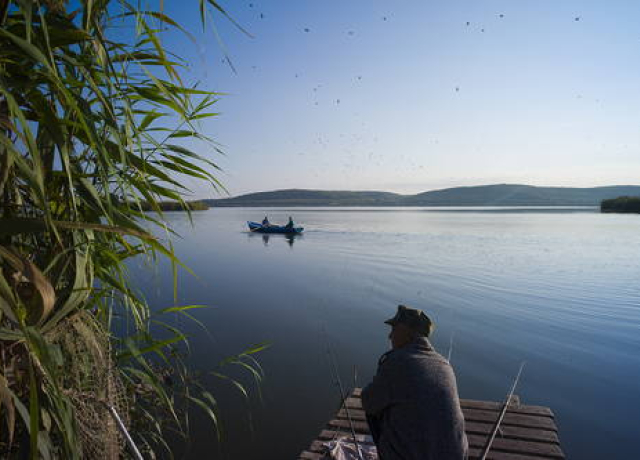Bulgaria celebrates its cultural and natural heritage in Silistra
Bulgaria celebrates its cultural and natural heritage in Silistra
In September, Bulgaria will once again join the European Heritage Days celebrations. This year, the events are planned under the common theme "Heritage and Nature: Landscape of Possibilities."
Traditionally, the activities take place throughout the country thanks to the involvement of numerous local organizers such as municipalities, museums, galleries, community centers and cultural institutions. The whole agenda for this year will be available by the end of August, and currently the Bulgarian Ministry of Culture is still calling heritage groups, public and private organizations to join the celebrations.
In the meantime, a new region of focus is specifically designated every year and its heritage is highlighted during the Days. In 2017, that will be Silistra in Northeastern Bulgaria which will host the main events devoted to the initiative. The small town, based on the Danube River, hides lots of magical places to visit – it was selected for plenty of reasons!

The first known written information about a settlement there is around the 2nd century, when the Romans named it Durostorum. Only after the 6th century with the Slavs’ invasion people started calling it Drаstar, while the modern name is dates to the 13th-14th century.
Nearby Silistra, the Srebarna Nature Reserve is situated. Inscribed on the UNESCO World Heritage List, this freshwater lake just beside the Danube River covers over 6 sq km and owes its fame to the almost 100 species of birds (of which more than 80 are endangered or listed as globally threatened). Some of the well known birds are the Dalmatian pelican, great egret, night heron, purple heron, glossy ibis and white spoonbill.

The lake is also surrounded by a forest ring of olds trees. In 1994, а channel was constructed ther to connect the lake with Danube to ensure the flow of spring water. To protect the Reserve, in 2008 a buffer zone was created, as big as the Srebarna itself, aiming to reduce the negative human impact.
Another magnificent cultural properties in Silistra is the Roman tomb. Dating from the 4th century AD, the tomb is surprisingly well preserved hiding the ancient traditions of Durostorum. Discovered in 1942 with its impressing interior frescoes, it became very soon the first nationally recognized cultural monument.
To supplement, the fortress Medzhidi Tabiya, located south of Silistra, is the only one with completely preserved interior and exterior belonging to the Ottoman period in Bulgaria. It was built because of the need to further strengthen the Danube cities, when the river was established as a natural border of the Ottoman Empire.

In brief, one can clearly see the multiple entanglements between cultural heritage and nature in the region of Silistra. This is why, in the period of 27-30 September it will be a home to the 13th National Museum Conference titled “Good practices,” whose topic will be “Innovative forms of cultural heritage preservation and presentation”.
An Information session will also be organized and new documents of the European Union and the Council of Europe in the field of heritage will be presented. A review of different instruments in support of the cultural heritage, such as Creative Europe and Europe for Citizens programmes will be made. The whole event will be in the light of the preparation for the 2018 – European Year of Cultural Heritage and will be a good occasion for presenting and discussing the priorities for the cultural sector of the forthcoming Bulgarian Presidency of the Council of the EU.
Photo credits:
1. Srebarna Nature Reserve, © Vincent Ko Hon Chiu 2
2. Srebarna Nature Reserve, © Evergreen
3. Srebarna Nature Reserve, © Vincent Ko Hon Chiu 2
4. Medzhidi Tabiya, © www.bulgariatravel.org
